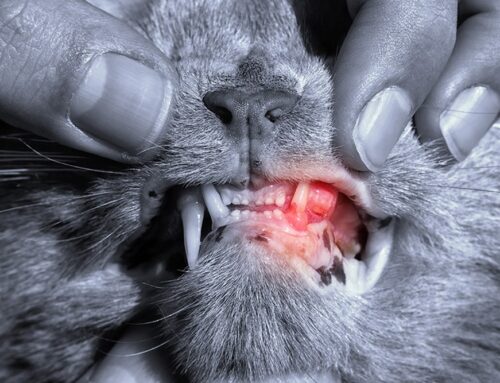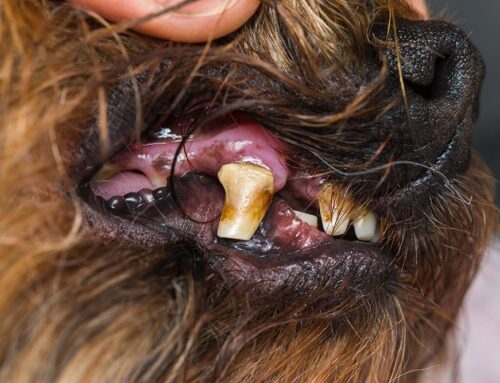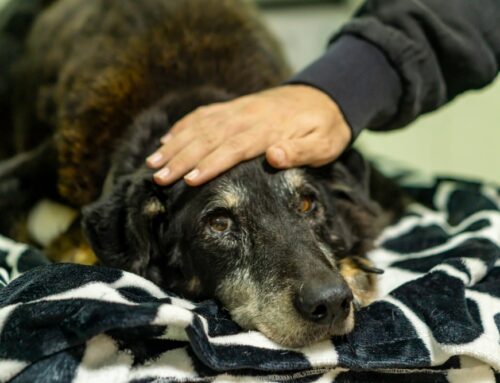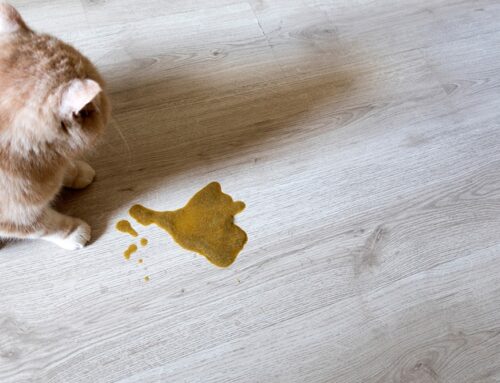Why Dental X-Rays Are Critical for Pets
When most people think of dental care for pets, they picture tartar removal and a shinier smile. But the truth is that the majority of dental disease hides beneath the gumline, where it cannot be seen during a simple oral exam. That is why dental X-rays (radiographs) are a critical part of every professional cleaning and evaluation. Without them, painful conditions go undetected and untreated, even after a pet’s teeth look visibly clean.
At St. Petersburg Animal Hospital and Urgent Care, we believe that “real medicine” means never cutting corners. Every pet who comes in for a dental cleaning receives full-mouth digital X-rays, advanced anesthesia monitoring, and a personalized recovery plan. This ensures that oral health problems are treated completely, not just cosmetically.
What Dental X-Rays Reveal That the Eye Cannot See
Dental X-rays allow veterinarians to look beneath the surface of the mouth and evaluate structures that are otherwise invisible during a visual exam. These images reveal:
- The full length of each tooth, including both crown and root
- The periodontal ligament that secures the tooth in place
- The density and quality of the jawbone surrounding the tooth
- Retained roots or unerupted teeth that may never appear above the gums
- The relationship between teeth and adjacent structures, such as the sinuses and nasal cavity
For example, did you know that the canine tooth root is just as long as the part of the tooth you see above the gumline? Or that the carnassial tooth root extends right under the eye? Problems in these areas can create pain that owners mistake for eye disease or sinus trouble. X-rays provide the full picture, allowing our team to diagnose accurately and treat effectively.
Common Problems Identified with Dental X-Rays
Periodontal Disease
The most common cause of dental problems in pets is periodontal disease. X-rays detect bone loss around teeth long before they loosen or fall out, making early treatment possible. In severe cases, unchecked periodontal disease weakens the jaw, leading to fractures that require surgical repair.
Fractured Teeth
A tooth may look like it has only a minor chip, but the pulp chamber could be exposed, or the root may be fractured. Dental X-rays help determine whether the tooth can be restored or if it needs extraction.
Retained Baby Teeth and Developmental Issues
Small breeds and toy dogs often retain deciduous (baby) teeth, which interfere with adult tooth eruption. X-rays reveal impacted teeth and developmental abnormalities that can cause pain or infection if untreated.
Malocclusions
Malocclusions (misaligned bites) are more than cosmetic. Teeth that don’t align properly can cut into the palate, press against gums, or wear down opposing teeth. X-rays allow veterinarians to evaluate root placement and bone involvement, which is essential in creating a treatment plan.
Tooth Resorption in Cats
Up to 70% of cats develop tooth resorption, a painful process where the root dissolves beneath the gumline. Because the crown may look normal, X-rays are the only way to diagnose this disease and determine whether extraction is needed.
Oral Tumors
Dental X-rays help identify the extent of oral tumors by showing whether they have invaded surrounding bone or displaced teeth. This guides surgical planning and treatment.
Why Cleanings Without X-Rays Fall Short
A cosmetic cleaning may remove tartar from the visible surface, but it ignores what is happening beneath the gums. Anesthesia-free dentals give the illusion of care while leaving disease unchecked. Pets may still suffer from fractured roots, infections, or resorbing teeth that remain hidden.
At St. Petersburg Animal Hospital and Urgent Care, we perform every dental procedure under general anesthesia. This allows us to take full-mouth digital radiographs, clean thoroughly beneath the gumline, and provide care that is both safe and complete.
How Dental X-Rays Guide Treatment
Dental X-rays are not just diagnostic tools—they actively shape treatment decisions.
- Treatment planning: Determining whether a tooth should be extracted or restored
- Monitoring healing: Tracking recovery from extractions, fractures, or oral surgery
- Preventive screening: Catching early changes before pets show signs of pain
As emphasized in the AAHA dental care guidelines, X-rays are considered the standard of care in veterinary dentistry.
Dental Services at St. Petersburg Animal Hospital and Urgent Care

We provide a full range of dental services, from routine cleanings to complex oral surgery. Every procedure includes:
- Pre-anesthetic consultation and bloodwork for safety
- General anesthesia with advanced monitoring
- Full-mouth digital dental X-rays
- Cleaning and polishing above and below the gumline
- Tooth extractions and oral surgery when indicated
- Modern pain management, nerve blocks, and antibiotics if needed
- Detailed aftercare instructions and follow-up support
We believe in transparent pricing. Canine dental cleanings start at $500 for dogs under 50 lbs. Feline cleanings are $400. Extraction packages are available depending on complexity, starting at $150. Each package includes extended anesthesia, surgical supplies, and all necessary medications. It’s important to us that you aren’t surprised by a bill, or aren’t clear on what you’re paying for.
FAQs About Pet Dental X-Rays
Are dental X-rays safe for pets?
Yes. Digital X-rays use very low levels of radiation, and pets are under anesthesia to keep them still and safe.
Does my pet need X-rays if their teeth look fine?
Yes. Many serious conditions, like resorbing roots or jaw bone loss, are invisible without X-rays.
Why is anesthesia necessary?
Anesthesia keeps pets still, eliminates pain, and allows for complete cleaning below the gumline.
How often should pets have X-rays?
Every time they undergo a professional cleaning. X-rays create a baseline and track changes over time.
What happens if a problem is found?
We may recommend extraction, restorative treatment, or monitoring, depending on the condition. Early detection always improves outcomes.
Seeing the Whole Picture
Dental disease is one of the most common and painful conditions in pets, yet most of it hides where owners cannot see. Dental X-rays uncover the full story, ensuring pets do not go home with untreated disease.
At St. Petersburg Animal Hospital and Urgent Care, we combine advanced technology with compassionate care. From routine wellness exams and dental care to urgent care and advanced surgical services, our philosophy is simple: real medicine, real access, real partnership.
Contact us to schedule a dental consultation and give your pet the complete oral health care they deserve.







Leave A Comment